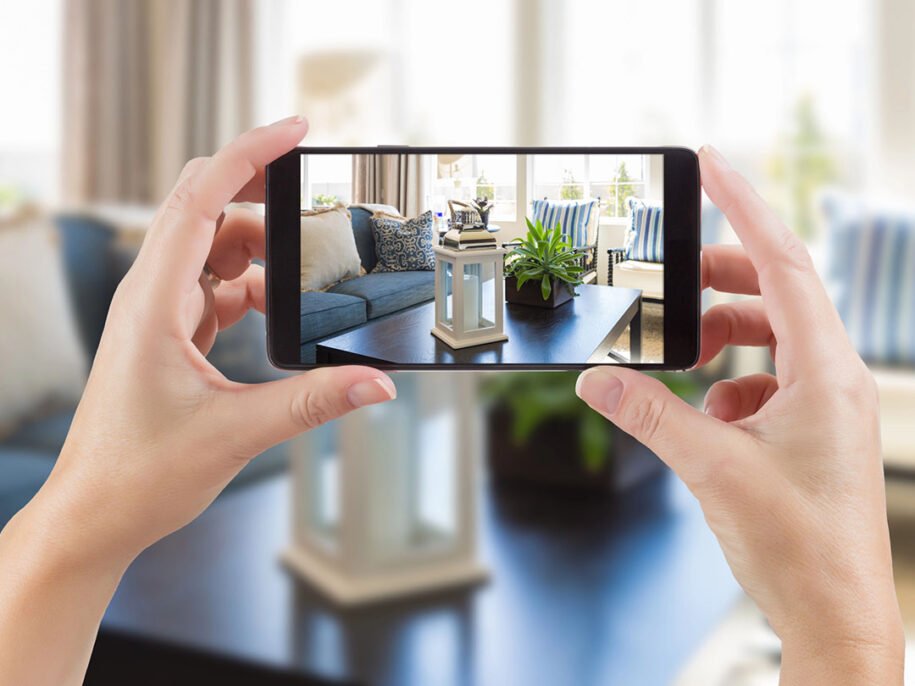Finding guests should not feel like a guessing game. If you manage a vacation rental in Pittsburgh, you’ve likely noticed how quickly browsers scroll past listings with dark rooms, tilted lines, and cluttered spaces. That can leave you with fewer inquiries, slower calendars, and pressure on rates. The good news is that better photography does not require a studio or a truckload of gear. It takes planning, a clear understanding of the situation, and a steady approach.
This guide walks you through proven steps that help images sell the space rather than just show the space. You will learn how to plan a shot list, stage with purpose, work with natural light, fine-tune composition, and edit with a lighter touch. You will also learn how to order your gallery for smoother viewing that leads guests toward the book button.
Start with a clear plan
Start by enumerating the things that make your place popular. Consider comfort, utility, and the experiences visitors hope to have there. Before launching the camera app, turn that list into a shot plan and take a stroll around the property. Make a note of the window directions, ideal angles, and any repairs or touch-ups that should be completed first. Instead of leaving with a random mix, you leave with a complete set thanks to a straightforward checklist that helps you stay focused.
Stage rooms for calm and purpose
The experience you are trying to sell is distracted by clutter. Remove extras that clutter counters, such as power strips, shampoo bottles, and small appliances. Use two or three pillows and smooth, light bedding to make beds tight. To convey comfort without creating visual noise, add a simple accent piece like a folded throw or a plant. To make the frame feel neat and peaceful, fully open the blinds and square curtains.
Let natural light do the heavy lifting
Space is sold by daylight. Take interior photos during the midmorning or midafternoon hours, when the room is bright but not overly bright. Switch off any mixed lighting that taints the walls, such as warm lamps that clash with cool window light. Aim for early or late daylight for exteriors, when the sky is colorful and the building has shape. To make windows appear realistic and shadows retain texture, bracket exposures and blend gently, if your camera permits.
Compose for flow and honest scale
You can get more consistent height and sharper photos with a tripod. To replicate the human view, position the lens between four and four and a half feet high in living areas and bedrooms. Instead of tilting up or down, level the camera to maintain straight vertical lines. For balance, add a straight-on hero shot after shooting into a corner to show depth. Establish a visual pathway by illustrating the connections between various areas, such as the living room, patio, and entry.
Choose gear and settings that flatter rooms
Instead of using the ultra-wide camera on phones, which can bend walls at the edges, use the primary camera. For most rooms, a wide-angle camera with a full-frame range of 16 to 24 millimeters works well. For front-to-back sharpness, set the aperture to between f/7.1 and f/9, keep the ISO as low as the light permits, and use a tripod to extend the shutter’s operation. To avoid flares and haze, wipe the lenses before each session.
Highlight amenities guests value
Avoid stopping at wide shots. Include a few close-ups that highlight ease and comfort. Consider an outdoor seating area, a coffee station, a smart lock, parking, a work desk, a washer and dryer, and family items. These frames help visitors visualize everyday activities, from morning coffee to evening wind-down, and provide verbal answers to frequently asked questions.
Edit with restraint for a natural look
To make whites neutral instead of blue or orange, start with white balance. To eliminate distractions at the edges, crop, straighten lines, and correct lens distortion. To make textures read well, slightly raise the shadows, soften the highlights, and add a little clarity. Steer clear of excessive saturation that makes the skies or floors appear unreal. Instead of attempting to clone something that is worn out or discolored, replace it.
Order your gallery to tell a story
Your top hero image should come first, followed by the main living space, kitchen, and main bedroom. Bathrooms, guest bedrooms, outdoor areas, and amenities come next. A clean, repeat-free sequence is what you want. Include brief captions that describe each room and highlight a noteworthy element, like a walkout to the yard or a reading nook. To prevent visitors from clicking away in the middle of the tour, keep the setup tight.
Refresh on a simple schedule
After a seasonal change, deep cleaning, or design modification that alters curb appeal, update the photos. When spring color returns, replace winter night shots. To ensure the best portions stay visible in thumbnails, check platforms for how images crop on mobile screens and reframe as necessary.When your photos are planned, honest, and well-ordered, they do more than decorate a listing. They help guests feel ready to book. If you would like support crafting a gallery that lifts conversions for your vacation rental in Pittsburgh, the team at Rank One Stays can help you plan, shoot, and present your property with confidence.
Picture Credit: Depositphotos

